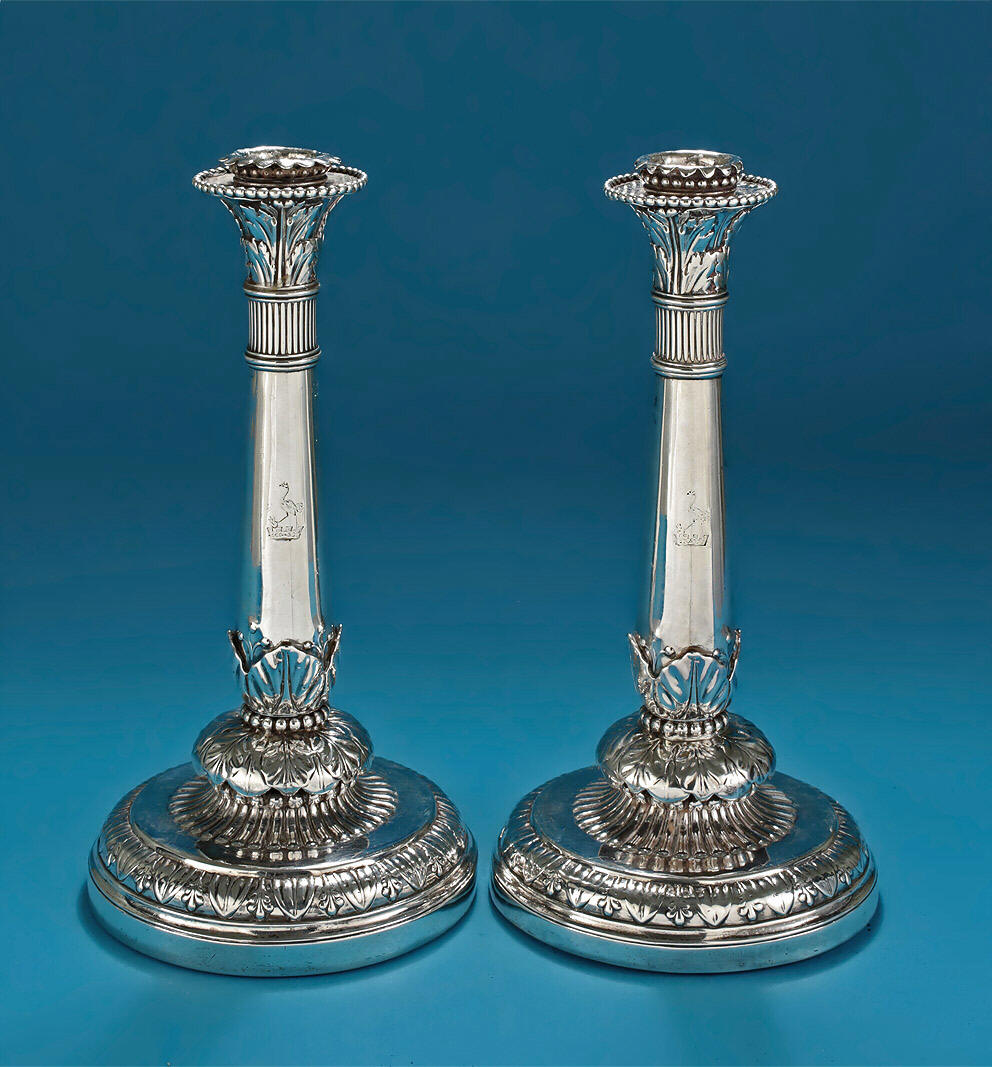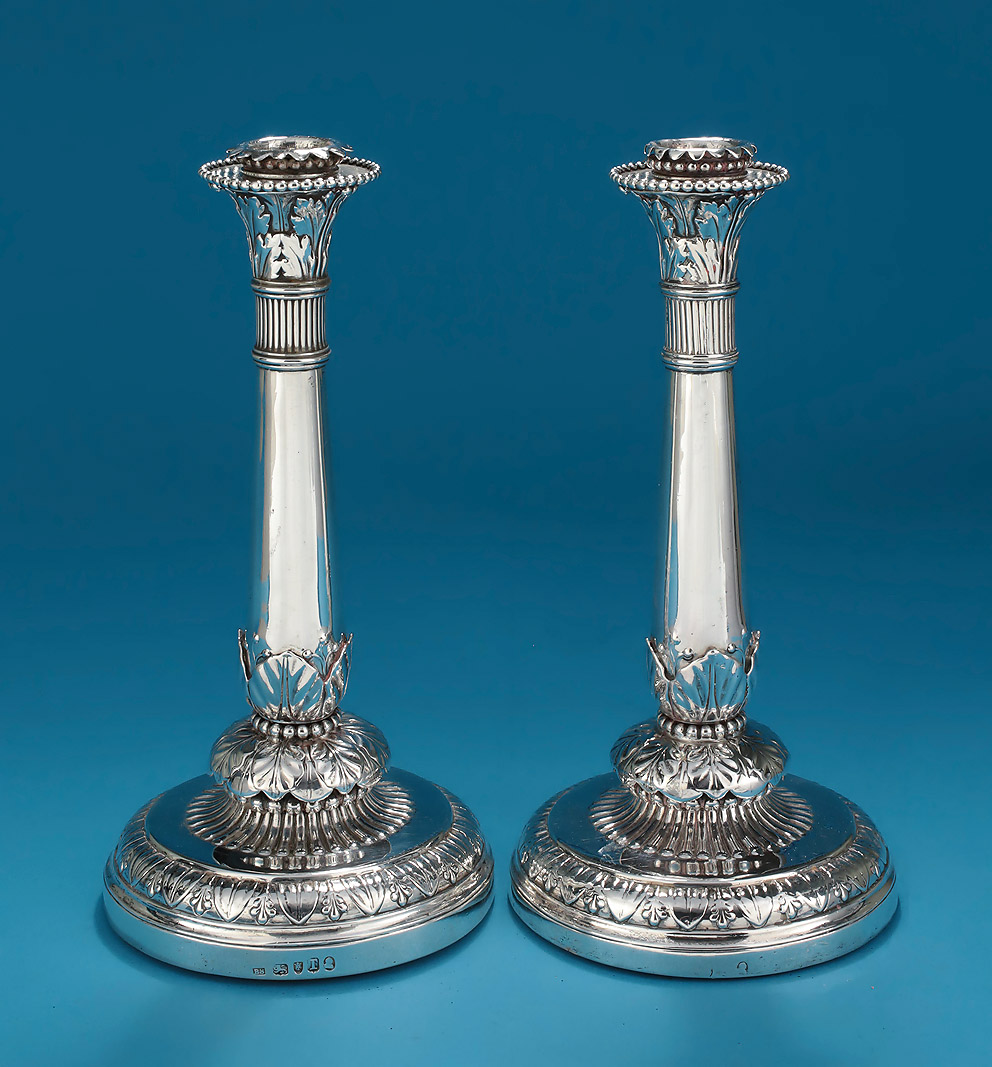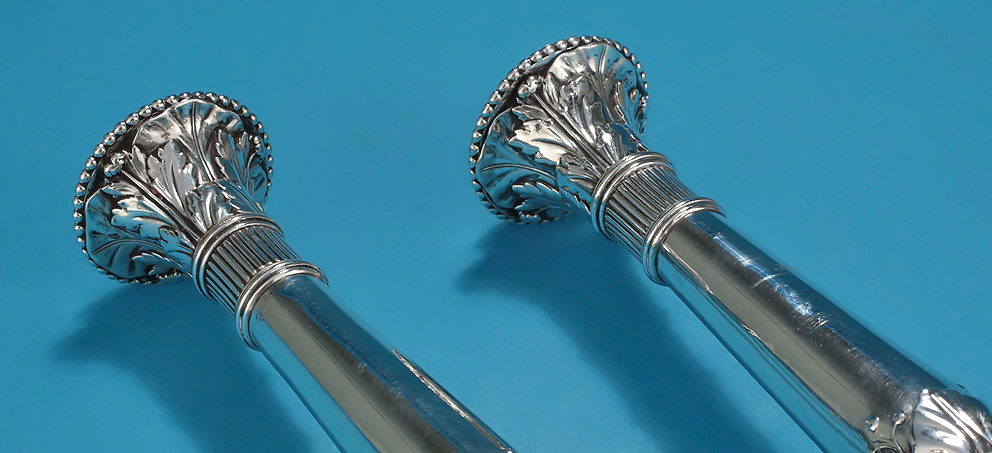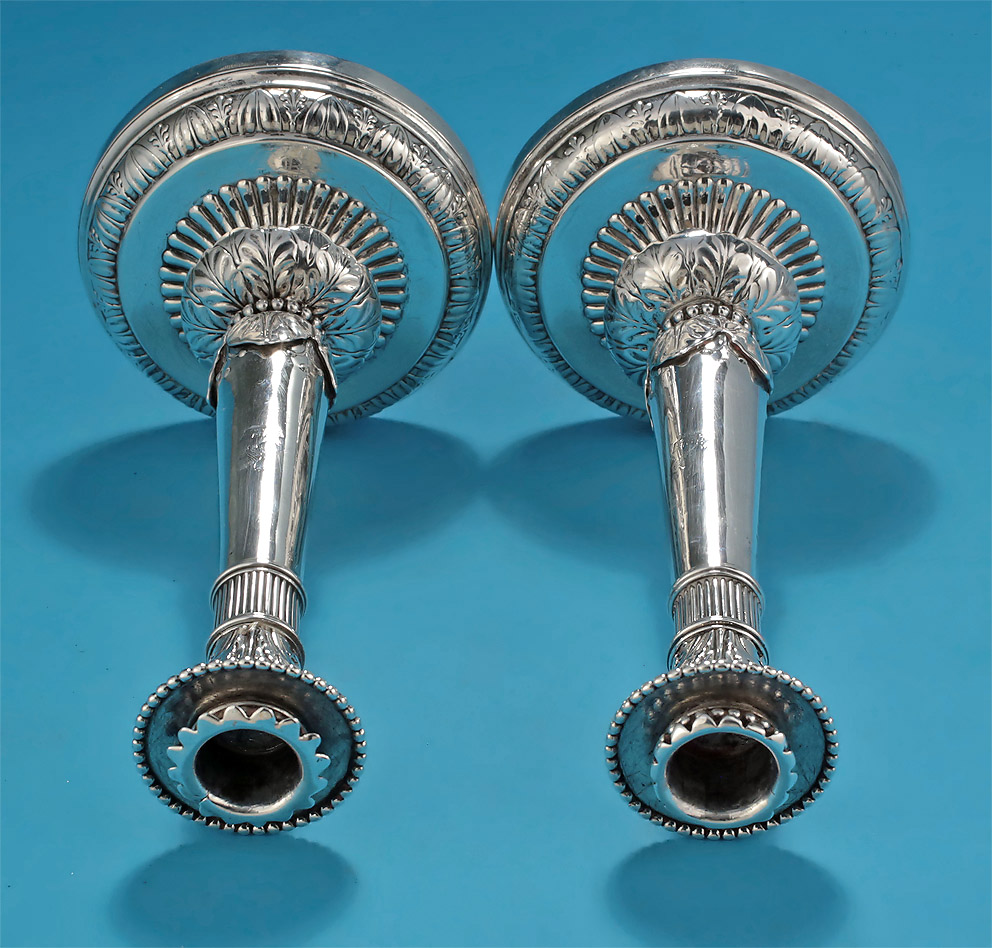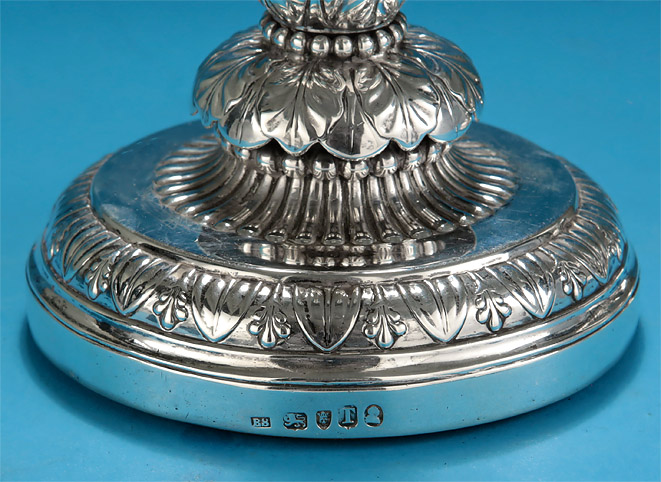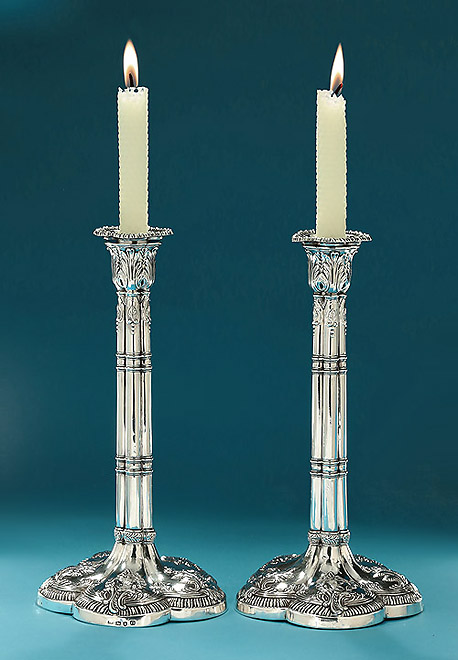|
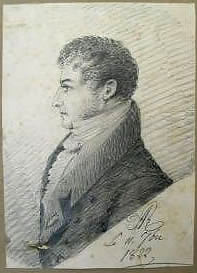
Pencil
Sketch of Sir George Townshend Walker from the diary
of Helen Caldcleugh, his second wife
Sir George was commissioned as an ensign in the
95th Regiment of Foot in 1782.
He served in the Flanders Campaign and was then
given command of the 50th Regiment of Foot in October 1799 and
subsequently commanded his regiment at the Battle of Copenhagen in
1807 during the Napoleonic Wars.
He went on to command a brigade during the
Walcheren Campaign in 1809
and again at the Siege of Badajoz in 1812 during
the Peninsular War.
Sir George became Commander-in-Chief of the
Madras Army in 1825 before retiring from that post in 1831.
In 1837 he became Lieutenant-Governor of the
Royal Hospital Chelsea
until his death in 1842, and
served as Groom of the Chamber to HRH
the Duke of Sussex (Augustus
Frederick, 6th son of George III).
He was appointed
a Knight Commander of the Military Division of the Most Honourable
Order of the Bath,
on the
augmentation of the Order in 1815, and was promoted to the dignity
of a Knight Grand Cross
on the 21st April
1817.
He also received
permission from the King on the 18th May 1815, to receive the
insignia of a
Knight Commander
of the Tower and Sword of Portugal.
Sir George was
further created a Baronet of the United Kingdom,
styled of
‘Castleton in the County of Monmouthshire’ on the 28th March 1835.
Heraldry Courtesy of John Tunesi of Liongam
Hertfordshire, United Kingdom
|
